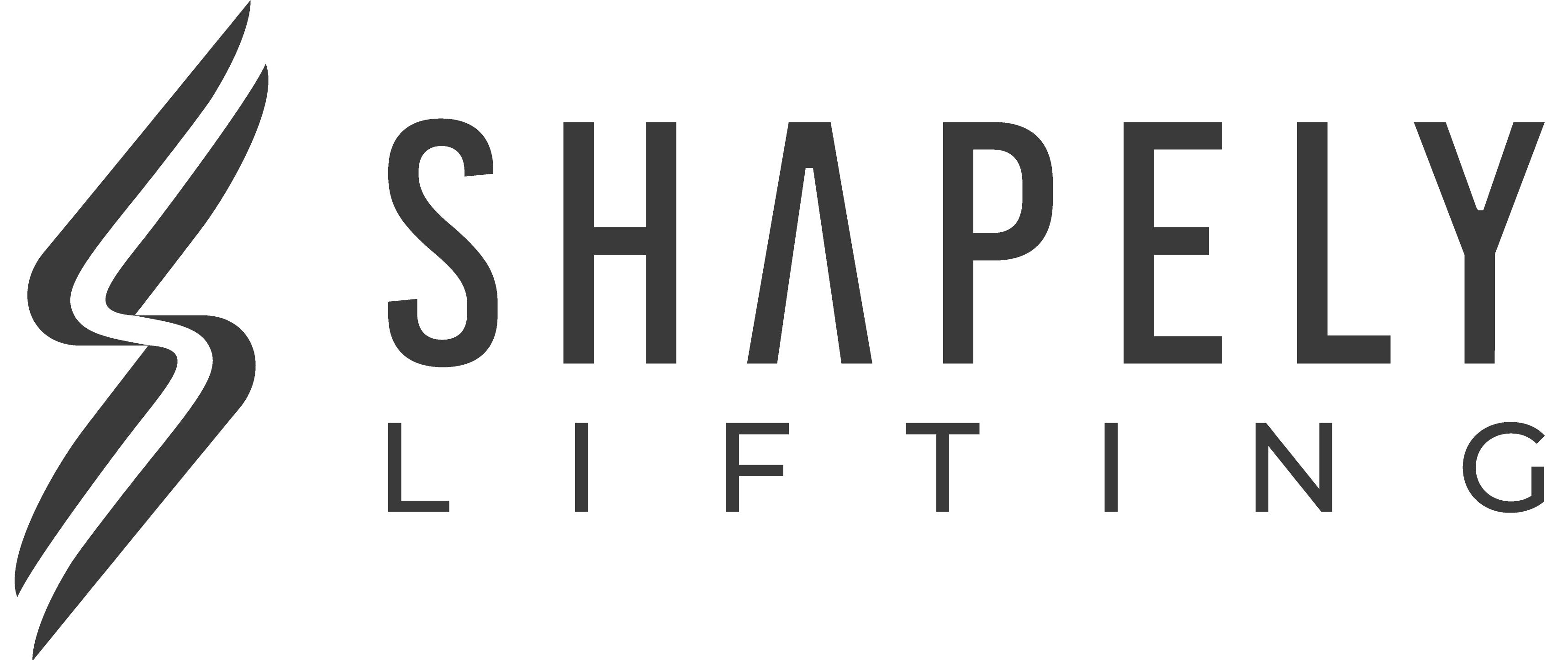
To belt or not to belt - this question has come across every lifter's mind. A weight lifting belt can be super beneficial for you in your workouts and if you are wondering how a weight lifting belt can help you and how it works, you’ve come to the right place, keep reading on!
How does a weightlifting belt work?

You want a belt to wrap around you as tight as it comfortably can.
The aim is, when you take a deep breath into your stomach for your lift, the belt limits how far your stomach can expand. This intentionally increases intra-abdominal pressure (IAP), which is great for your lifts!
Studies show that wearing a belt can get you through the hardest part of your lift a lot faster (that point in the squat where you get stuck and grind it out!), increases the bar speed for your lifts (explosiveness and rate of force development) and allows you to lift heavier weights.
Increasing intra-abdominal pressure, reduces spinal stress and increases spinal stabilization. This pressure also increases how hard your working muscles groups can contract. For example, if you’re wearing a belt with squats, your legs and hips can contract harder, being more effective for your lift.
In other words, all of these things combined can help you lift a bit heavier and activate more muscle fibres. This means you will get a better training effect!
How do I use a weightlifting belt?
You want your belt to sit just on top of your hip bone. You can play around with the angle of the belt. For example, some people angle their belt up (above the belly button), some have it straight across and others angle their belt down (below the belly button). You’ll find what suits your body best!
As you learn how to use it better, you may want to play around with different heights and angles to see what allows you to get your torso the tightest. This is all just a matter of comfort. I personally have my belt straight across for all my lifts.
Pro tip: some like having a different angle depending on the lift! When squatting generally any of the angles work, but for deadlift, it’s usually either straight or angled up.
A low angled belt could affect the starting position of the deadlift.
After you get the best placement for your lifts, you need to adjust the tightness, this is arguably the most important part. You should use the tightest notch that still allows you to take a full breath into your stomach - keeping in mind your stomach should be expanding into the belt to create the magical IAP!
You know your belt is too tight, if you can’t take a full breath of air in or you have to elevate your shoulders to finish your full breath instead of expanding your stomach.
If you can get a full breath of air in one belt hole and still get a full breath of air in the next tightest hole, you’re usually better off with the tighter one.
Key Takeaways
- The weightlifting belts increase intra-abdominal pressure (IAP) by pushing your stomach against the belt
- Shown to increase your lifts and explosiveness
- Reduces spinal stress and increases spinal stabilization
- Wear it tight and lift your weights!

